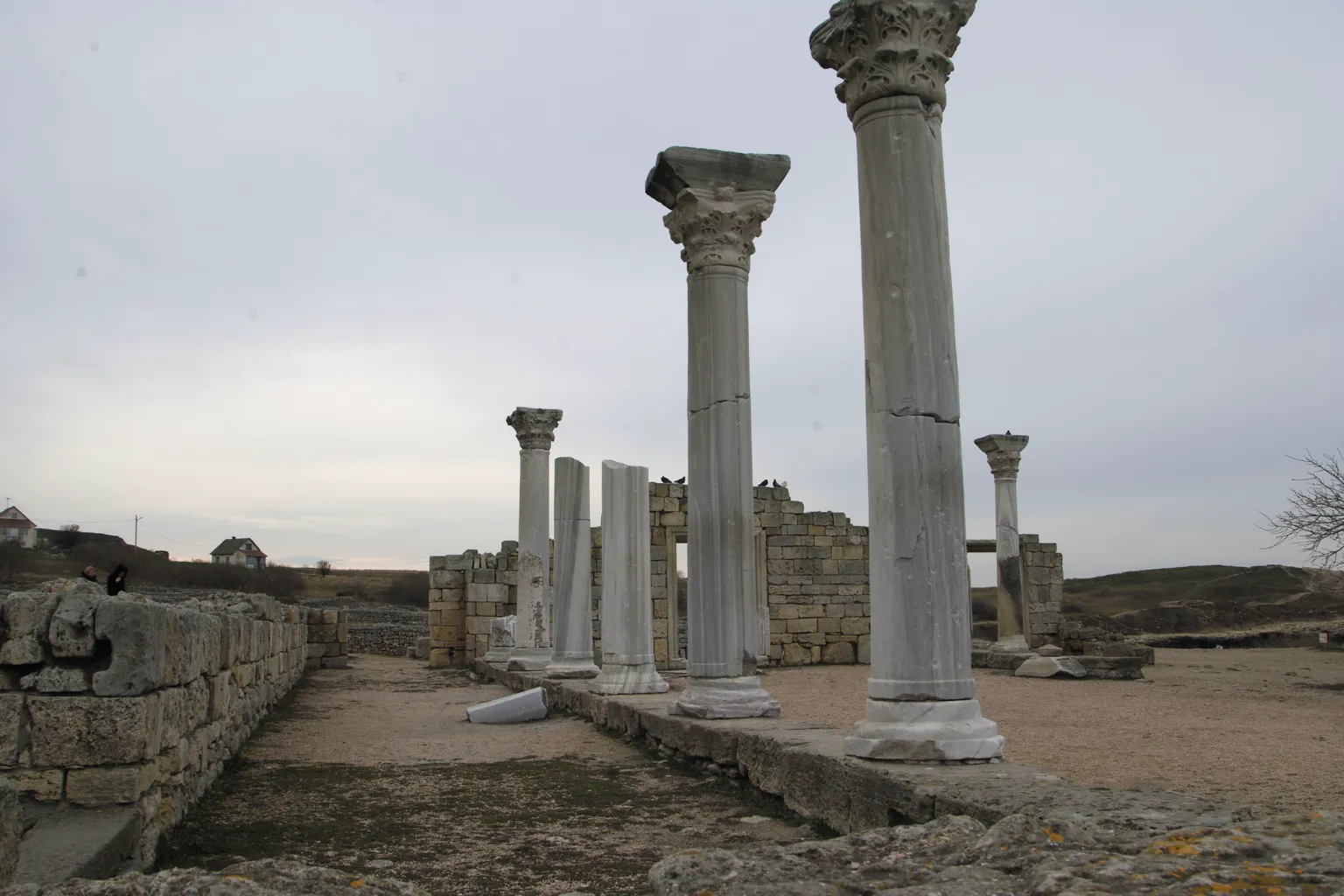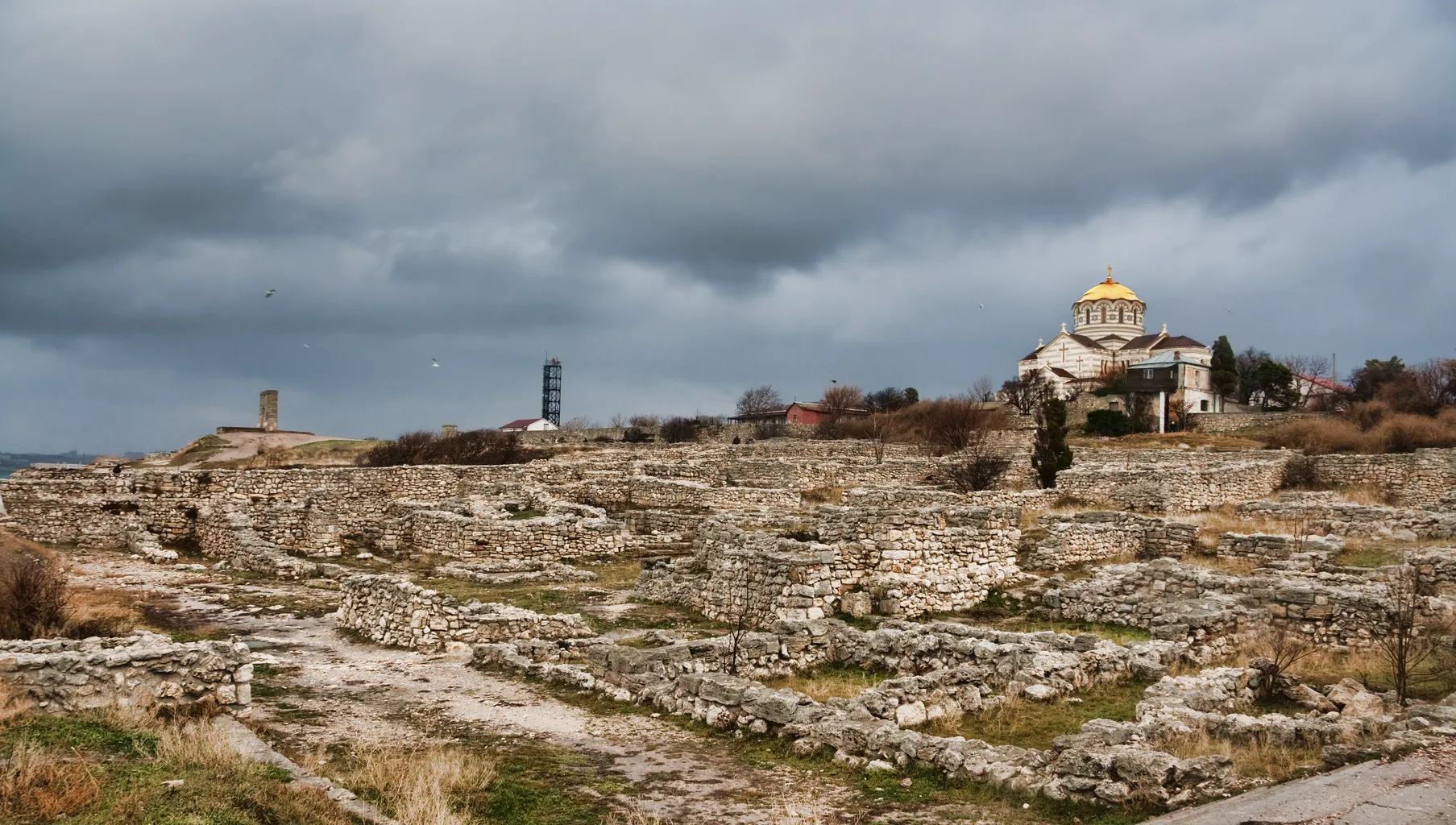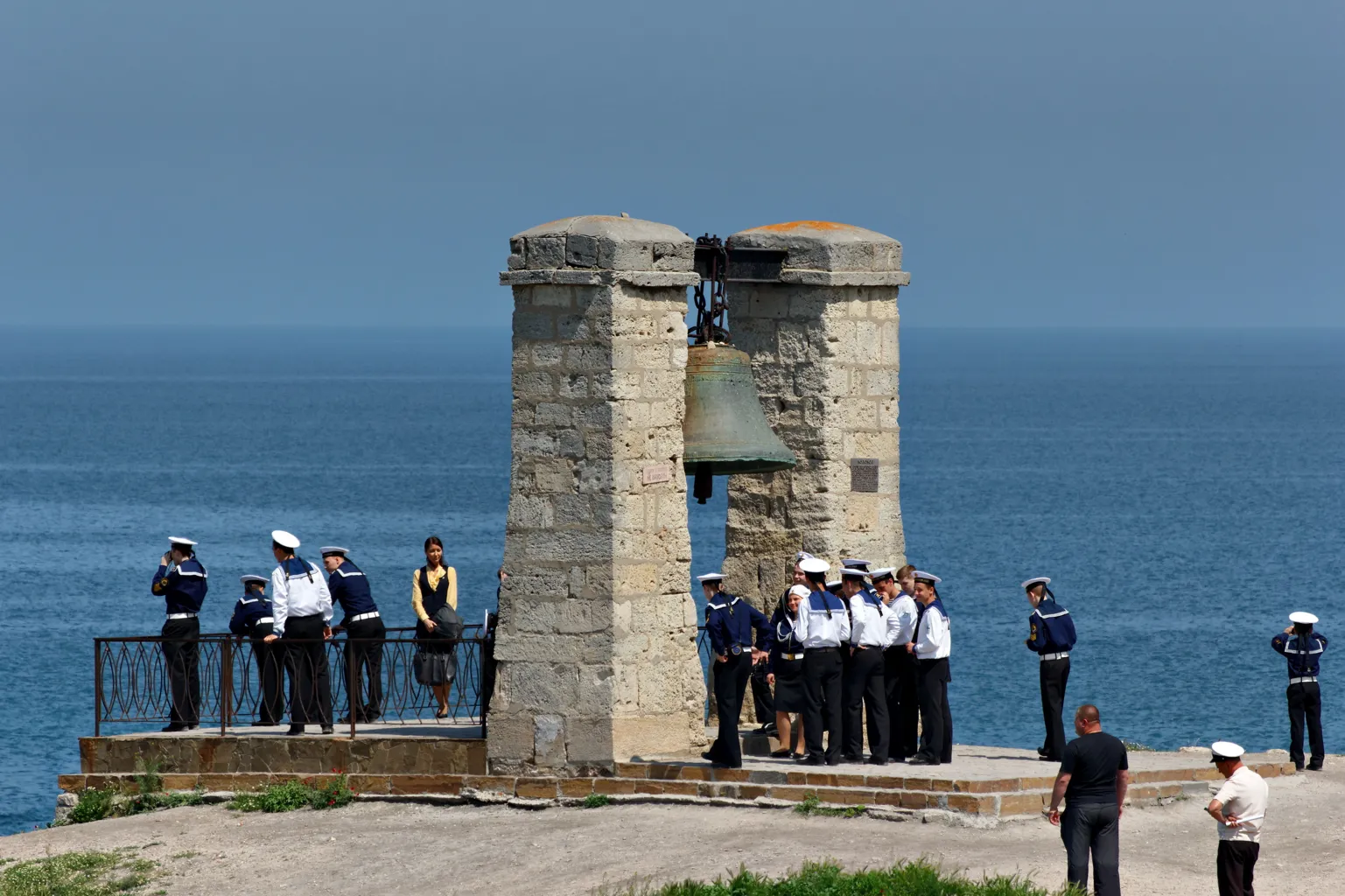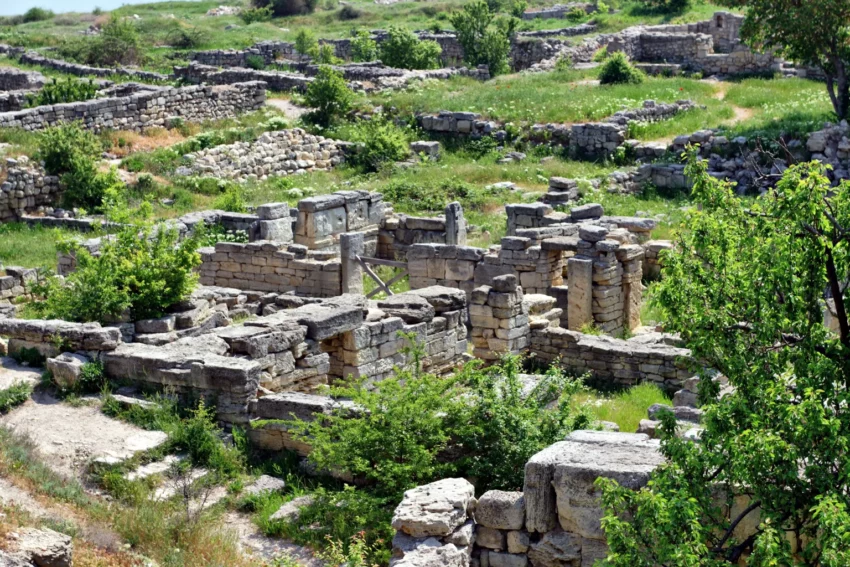The Ancient Greek Colony of Chersonesus
Chersonesus, later known as Cherson, was an ancient Greek colony founded about 2,500 years ago in southwestern Crimea. Settlers from Heraclea Pontica, located in Bithynia, established the colony in the 6th century BC. Today, the site is part of the National Preserve of Tauric Chersonesos, near modern-day Sevastopol.
Get your dose of History via Email
Origins and Early Governance
The name Chersonesos means “peninsula” in Greek, reflecting the colony’s geographic location. Throughout the classical period, Chersonesus functioned as a democracy. A group of elected archons and a council known as the Demiurgoi governed the city. Over time, the government became more oligarchic, with power concentrating in the hands of the archons. An oath sworn by all citizens from the 3rd century BC still survives today.

Historical Significance and Governance Changes
During its early years, Chersonesus remained a small city until it expanded in the 4th century BC. The city incorporated the colony of Kerkinitida and built numerous fortifications. Chersonesus defended itself against the Bosporan Kingdom, the Scythians, and the Tauri. Eventually, it sought aid from Mithradates VI and his general Diophantus around 110 BC, submitting to the Bosporan Kingdom.
Under Roman rule, Chersonesus received a garrison from the 1st century BC until the 370s AD, when the Huns captured it. The Byzantine Empire took control during the Early Middle Ages, using the city to monitor barbarian tribes and as a place of exile for those who angered the government. Notable exiles included Pope Clement I, Pope Martin I, and the deposed Byzantine Emperor Justinian II.

The Khazar and Byzantine Periods
In the late 7th century, a Khazar governor managed Chersonesus. Between 705 and 840, elected officials known as babaghuq handled the city’s affairs. Emperor Theophilus sent Petronas Kamateros in 833 to take control, establishing the theme of Klimata/Cherson. The city remained under Byzantine control until the 980s when Vladimir the Great of Kievan Rus’ reportedly captured it. Vladimir agreed to evacuate Chersonesus only if he could marry Basil II’s sister, Anna Porphyrogeneta. Vladimir’s baptism in 988 at Chersonesus paved the way for the Baptism of Kievan Rus’.
Decline and Rediscovery
Chersonesus fell under Genoese control in the early 13th century and was sacked by the Mongol armies of Nogai Khan’s Golden Horde in 1299. Byzantine sources last mentioned the city in 1396. Archaeological evidence suggests the site was abandoned soon after.
The Russian government began excavating the ruins in 1827. Today, Chersonesus’s ancient remains are a popular tourist attraction protected as an archaeological park. The ruins blend Greek, Roman, and Byzantine influences. The defensive walls enclosed an area of about 30 hectares, and notable buildings include a Roman amphitheater and a Greek temple.

Modern Archaeological Efforts
The Institute of Classical Archaeology of the University of Texas at Austin has been investigating Chersonesus since 1992. In 2013, UNESCO listed “The Ancient City of Tauric Chersonese and its Chora” as a World Heritage Site. This designation highlights the cultural lifestyles and land use of ancient populations in the area.
Contemporary Issues
Chersonesus faces threats from modern building encroachments and insufficient funding for site management. In 2010, the Global Heritage Fund identified it as one of 12 worldwide sites “On the Verge” of irreparable loss. Controversies have also arisen, such as the 2015 firing of the National Preserve’s director, Andrey Kulagin, by Sevastopol’s governor Sergey Menyaylo. This political move sparked protests, leading to the eventual resignation of the appointed replacement.
Chersonesus remains a vital link to understanding ancient civilizations’ complex histories and interactions. The continued archaeological efforts and preservation initiatives ensure that this ancient city’s legacy endures for future generations.
Sources:

